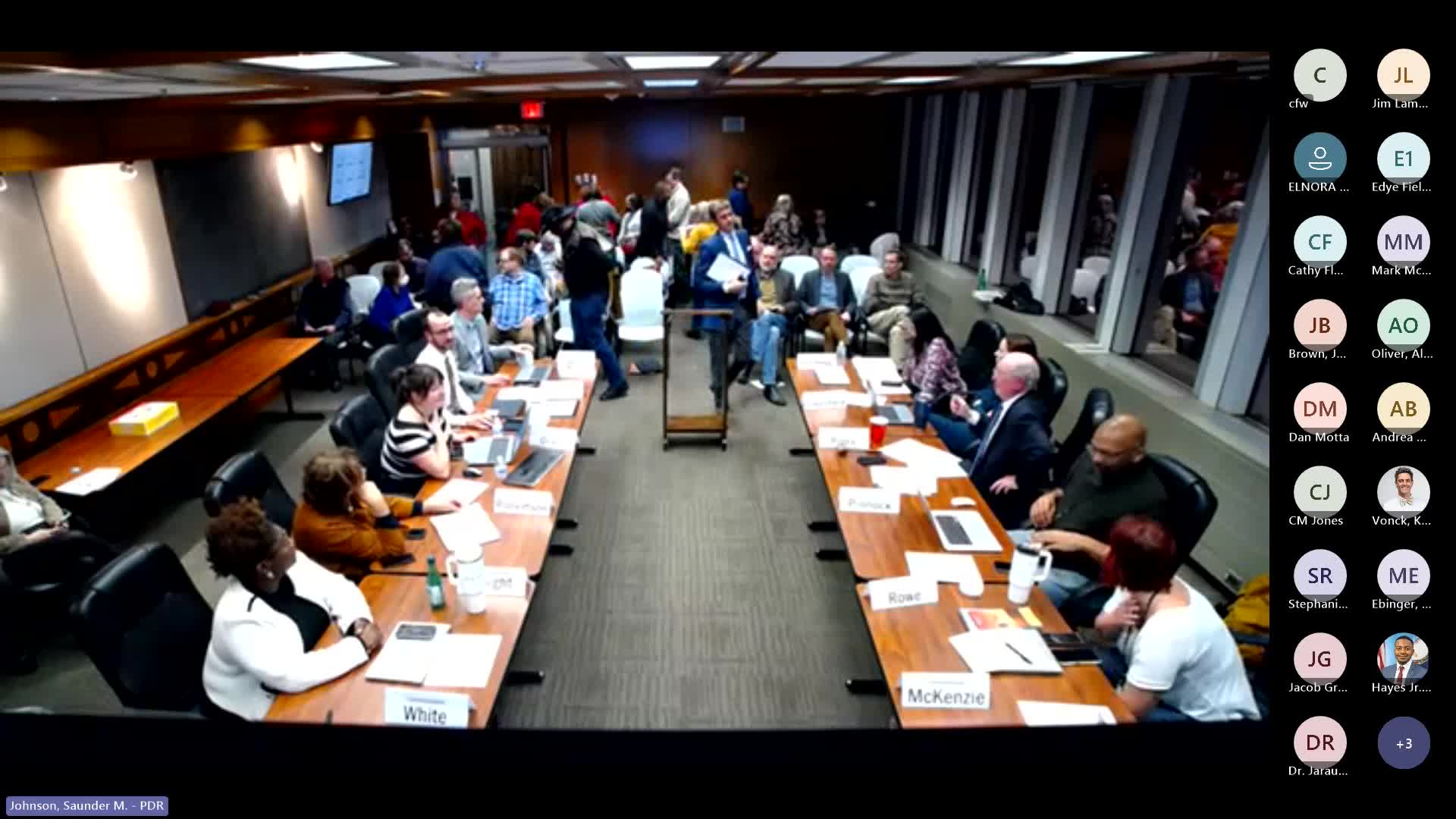Planning Commission Approves Multiple Special Use Permits Including 352-Dwelling Complex
October 02, 2025 | Richmond City (Independent City), Virginia
This article was created by AI summarizing key points discussed. AI makes mistakes, so for full details and context, please refer to the video of the full meeting. Please report any errors so we can fix them. Report an error »

During the recent Richmond City Council meeting on October 2, 2025, significant discussions centered around the approval of special use permits for residential developments, reflecting the city's ongoing efforts to address housing needs.
One of the key items on the agenda was the request to continue the consideration of the Smead Road Special Use Permit (SUP) for an additional two weeks. This decision allows for further engagement with community members, ensuring that local voices are heard before any final decisions are made. The council unanimously voted to postpone the discussion until the next meeting, scheduled for March 4, 2026.
In another notable discussion, the council reviewed an ordinance authorizing the special use of property at 1001 Barland Drive for the construction of two single-family detached dwellings. Despite some concerns regarding the size of the proposed second dwelling, the council ultimately approved the request, emphasizing the importance of adhering to community standards while also accommodating growth. The approval was met with no public opposition, indicating a general consensus on the need for more housing options in the area.
Additionally, the council addressed another ordinance for the property at 3310 Q Street, which seeks to allow up to two two-family detached dwellings with two accessory dwelling units. This proposal aligns with the Richmond 300 master plan, which promotes mixed-use neighborhoods and aims to enhance the availability of diverse housing types.
The meeting also highlighted the council's commitment to transparency and community involvement, as members expressed the importance of ensuring that all developments are non-controversial and beneficial to residents. As Richmond continues to grow, these discussions reflect a proactive approach to urban planning and housing development, aiming to meet the needs of its residents while fostering a collaborative environment for decision-making.
As the city moves forward, the outcomes of these discussions will play a crucial role in shaping Richmond's residential landscape, addressing both current and future housing demands.
One of the key items on the agenda was the request to continue the consideration of the Smead Road Special Use Permit (SUP) for an additional two weeks. This decision allows for further engagement with community members, ensuring that local voices are heard before any final decisions are made. The council unanimously voted to postpone the discussion until the next meeting, scheduled for March 4, 2026.
In another notable discussion, the council reviewed an ordinance authorizing the special use of property at 1001 Barland Drive for the construction of two single-family detached dwellings. Despite some concerns regarding the size of the proposed second dwelling, the council ultimately approved the request, emphasizing the importance of adhering to community standards while also accommodating growth. The approval was met with no public opposition, indicating a general consensus on the need for more housing options in the area.
Additionally, the council addressed another ordinance for the property at 3310 Q Street, which seeks to allow up to two two-family detached dwellings with two accessory dwelling units. This proposal aligns with the Richmond 300 master plan, which promotes mixed-use neighborhoods and aims to enhance the availability of diverse housing types.
The meeting also highlighted the council's commitment to transparency and community involvement, as members expressed the importance of ensuring that all developments are non-controversial and beneficial to residents. As Richmond continues to grow, these discussions reflect a proactive approach to urban planning and housing development, aiming to meet the needs of its residents while fostering a collaborative environment for decision-making.
As the city moves forward, the outcomes of these discussions will play a crucial role in shaping Richmond's residential landscape, addressing both current and future housing demands.
View full meeting
This article is based on a recent meeting—watch the full video and explore the complete transcript for deeper insights into the discussion.
View full meeting
